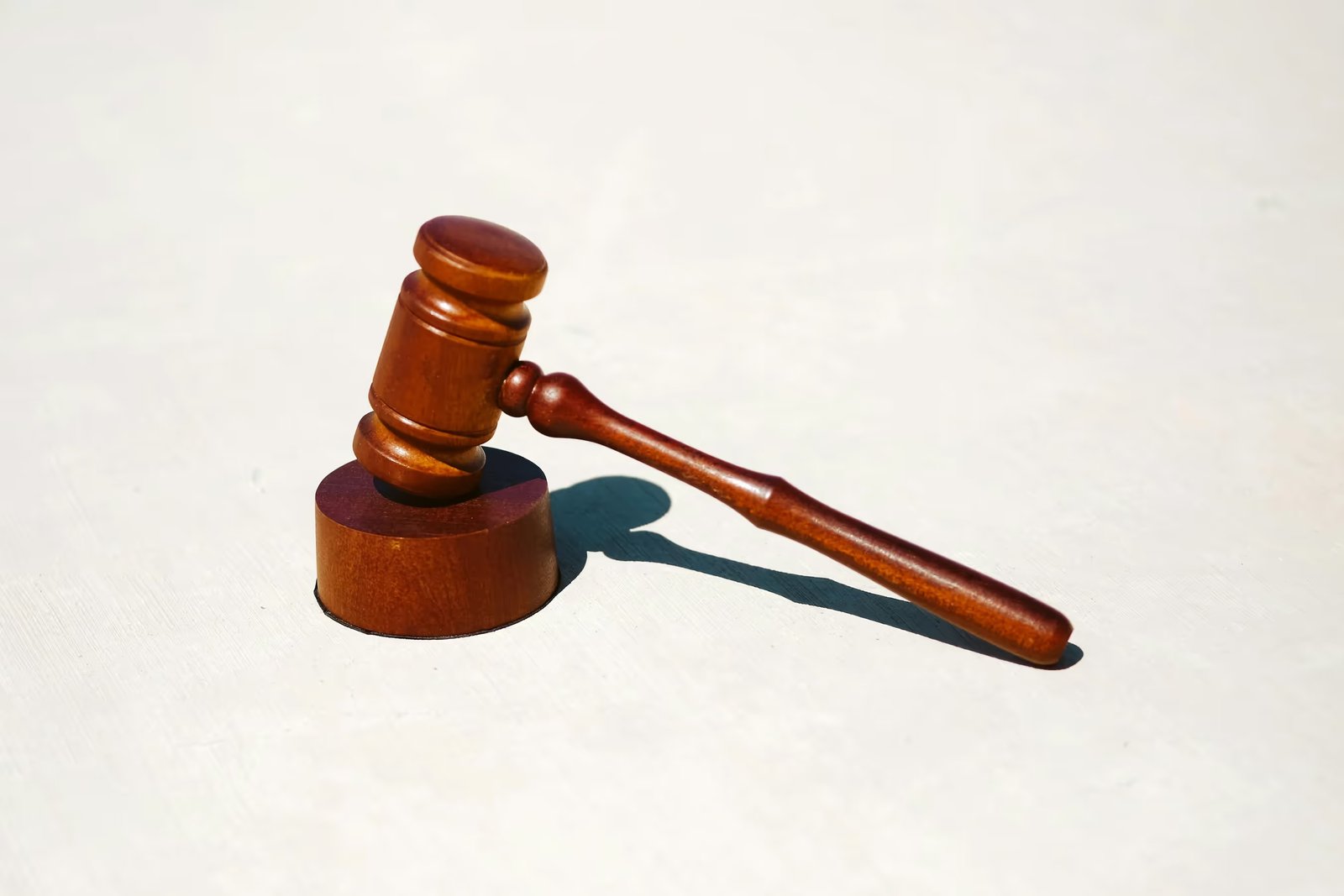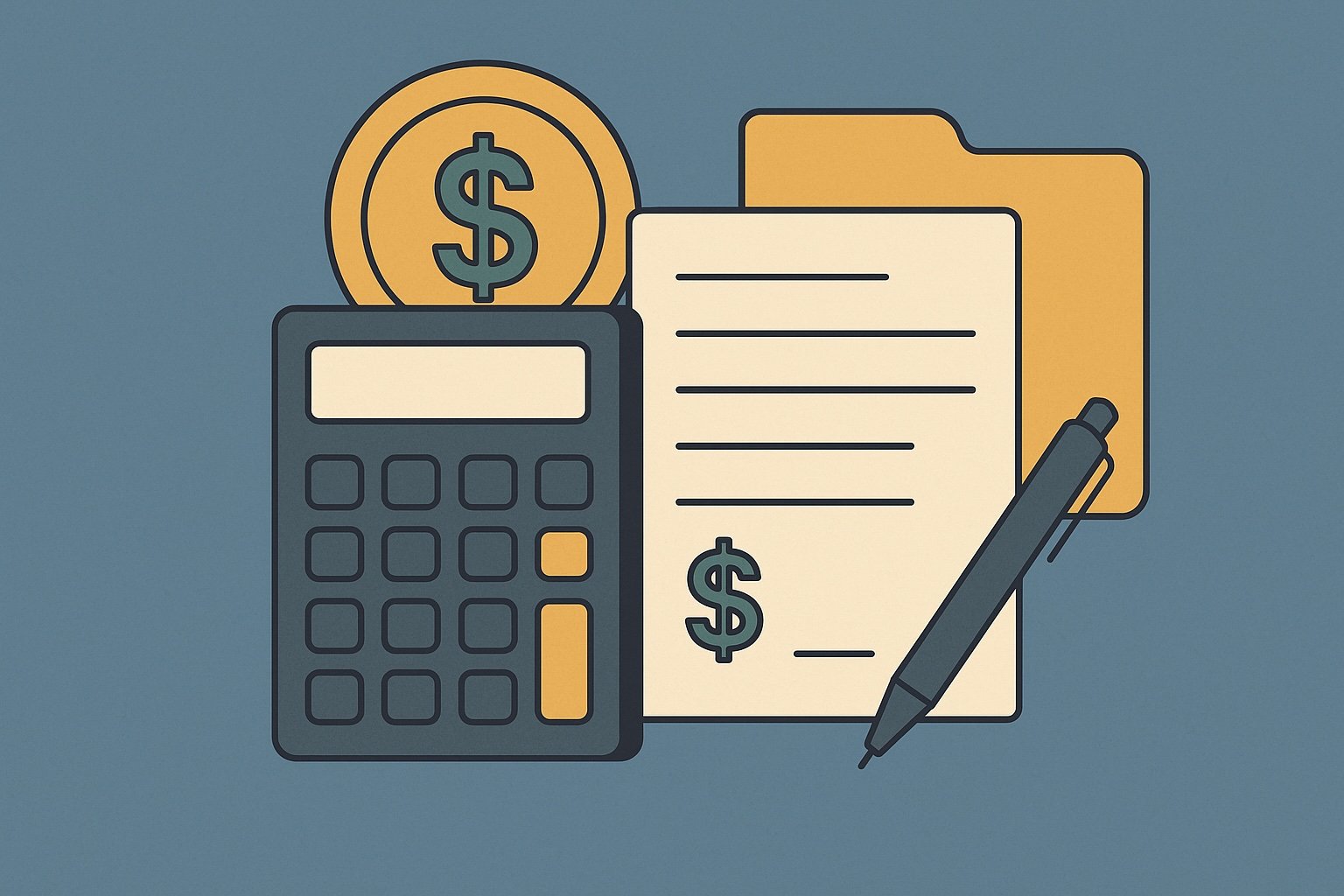Question
ARTE's Answer
When engaging in a 1031 exchange, timing is crucial to ensure compliance with IRS regulations and to successfully defer capital gains taxes. One of the key timeframes to be aware of is the identification period for the replacement property.
According to IRS regulations, specifically under Section 1031(a)(3) and the related regulations, you have 45 days to identify potential replacement properties after you transfer your relinquished property. This 45-day period is known as the "identification period." It begins on the date you transfer the relinquished property and ends at midnight on the 45th day thereafter. It's important to note that this timeframe is strict and includes weekends and holidays, so planning is essential.
During this identification period, you must provide a written identification of the replacement property or properties. This identification must be delivered to the person obligated to transfer the replacement property or any other party involved in the exchange, except for yourself or a disqualified person. The identification should clearly describe the replacement property, typically using a legal description or street address.
To illustrate this with an example, let's say you sold a commercial property on January 1st. You would have until February 15th to identify your replacement property. Suppose you identify a new office building as your replacement property on February 10th. You would need to provide a written document to Deferred.com, your qualified intermediary, detailing the address and legal description of the office building.
At Deferred.com, we act as your qualified intermediary, facilitating the exchange process and ensuring compliance with IRS regulations. Our "No Fee Exchange" service helps you save money while navigating the complexities of a 1031 exchange. By using our services, you can focus on identifying the right replacement property within the 45-day window, knowing that we are handling the necessary documentation and compliance requirements.
Remember, the identification period is just one part of the 1031 exchange timeline. After identifying the replacement property, you must also complete the acquisition of the replacement property by the earlier of 180 days after the transfer of the relinquished property or the due date (including extensions) of your tax return for the year in which the relinquished property was transferred. This is known as the "exchange period."
By adhering to these timelines and working with a qualified intermediary like Deferred.com, you can successfully complete a 1031 exchange and defer capital gains taxes on your real estate investments.
Have more questions? Call us at 866-442-1031 or send an email to support@deferred.com to talk with an exchange officer at Deferred.
Sources
- Publication 544 (2023), Sales and Other Dispositions of Assets
- Goolsby v. Commissioner
- Rev. Rul. 2002-83 (Related Party Exchanges)
- Orville Christensen v. Commissioner TC Memo 1996-254
- 1.1031(k)–1 (IRS Code of Federal Regulations)
- TD 8535 (Like-Kind Exchanges of Real Property-Coordination with Section 453)
1031 Question? Ask ARTE
Deferred's AI 1031 Research Assistant is trained on 8,000+ pages of US tax law and outperforms human CPAs by 22%+
CHAT NOW
Learn More
See more frequently asked questions about 1031 exchanges








